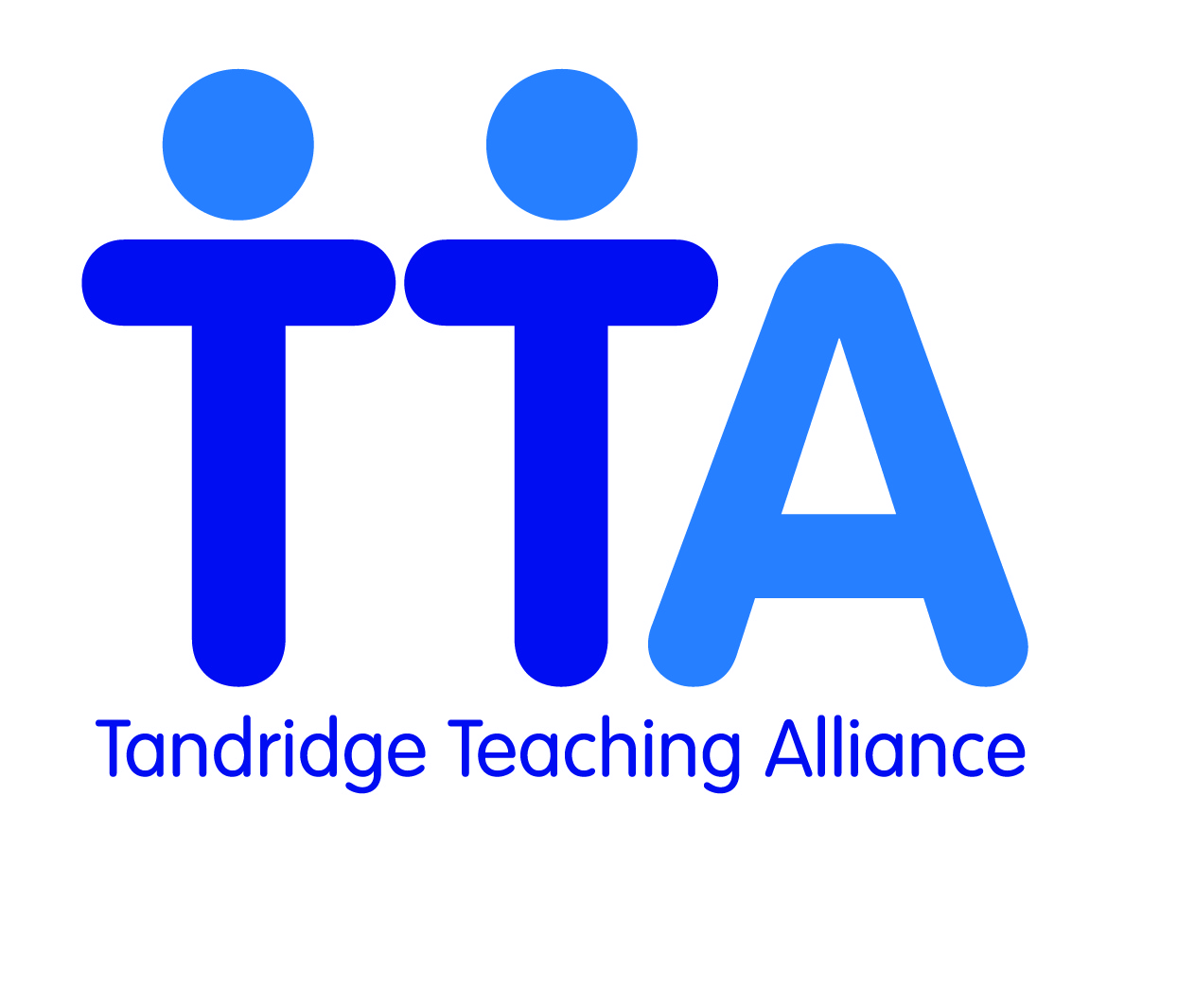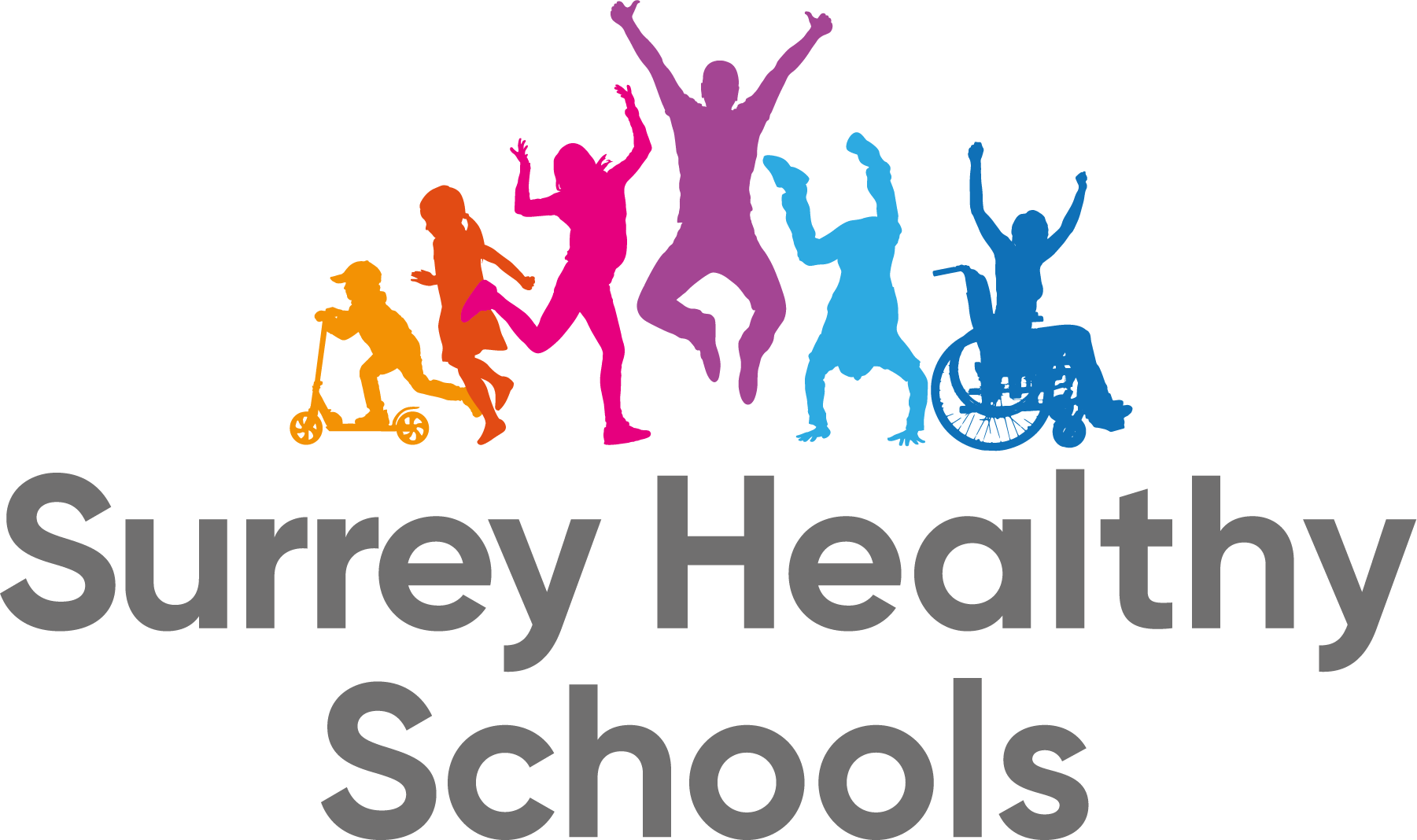Phonics and Early Reading

At St Francis, we use the Read Write Inc. Phonics Scheme to teach children to read. In our phonics sessions, children develop the ability to read with accuracy, fluency, and understanding. They also learn how to form letters correctly, spell words confidently, and express their ideas in a structured way.
Children are introduced to the building blocks of the English language over 150+ letter combinations that represent the 44 speech sounds. These sounds are taught in progressive stages, using engaging visual cues and memory aids to help all learners, especially those who may need extra support or are new to English. This foundational knowledge is revisited daily to reinforce learning. Common words that don’t follow regular phonics patterns are introduced as “red” words and practised often.
Children read specially designed books that match their growing phonics knowledge and familiarity with tricky words. These books help them experience success early on and build confidence. Reading the same text multiple times helps improve their decoding skills and fluency.
To support comprehension, each story begins with a discussion prompt and opportunities for children to think aloud. Teachers also read and explore picture books during story time with the class to help children build background knowledge and gives them exposure to a variety of different texts, which supports their understanding of the stories they read independently.
Structured Reading Approach for Children
Children read the story three times. On the first read, they focus on accurate word reading; the second read emphasizes developing fluency and recognizing words more quickly; and the third read focuses on comprehension. Fluency and understanding improve with each repeated reading.
Accuracy
Children learn to:
-
read new sounds and review previously taught sounds;
-
sound out the names of characters and unfamiliar words;
-
understand the meanings of new words;
-
read the story (first read).
Fluency
-
Children learn to:
-
read the words in the story speedily;
-
read the story with increased speed (second read).
-
Comprehension
Children learn to:
-
predict the outcome, after listening to a story introduction;
-
discuss and compare key moments in the story;
-
read the story with a storyteller's voice (third read);
-
answer questions about the story;
-
read the same story at home;
-
build background knowledge, ready to read Read Write Inc. Phonics Storybook.












